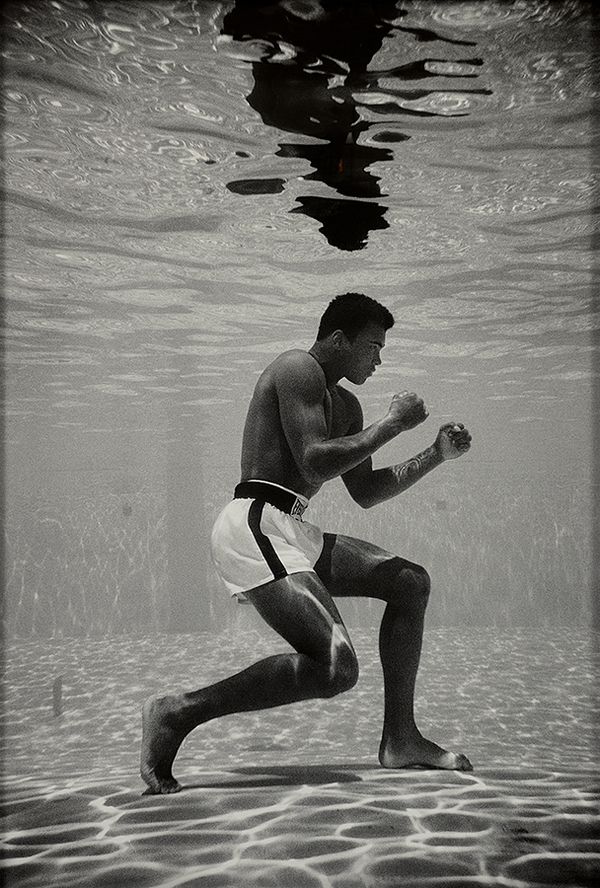Flip Schulke, Ali Underwater, 1961. Photographs New York.
Flip Schulke
Nick Wilson, Head of Editions, Photographs and Design, Asia
I find myself drawn in by the composition of this photograph, which captures the powerful athlete in an iconic stance framed between the honeycomb reflection of the sunlight on the bottom of the pool and his own shadow reflected in the undulating surface above. The image was taken when Cassius Clay (later to change his name to Mohammad Ali) was still only nineteen, three years before he would win the heavyweight boxing championship. Encapsulating the boxer’s strength and poise, it is equally reflective of his spirit and symbolic of his active part in the Civil Rights movement at the time.
The story behind the photograph, however, is as fascinating and revealing as the image itself. Knowing the shoot would be by the pool and that Schulke liked underwater photography, Clay had told Schulke that underwater boxing was part of his training regular training routine. It was only years later, when he met the boxer again, that Schulke realized he had been duped — this was not only the first time Clay had done this routine underwater, but he did not even know how to swim. His ability to carry this off says everything about his mesmerizing confidence, charisma, and innate knack for creating an iconic media-worthy moment.
Gregory Crewdson

Gregory Crewdson, Untitled, 2003. Photographs from the Martin Z. Margulies Foundation Part II.
Tobias Sirtl, Specialist, Modern & Contemporary Art, Germany
Gregory Crewdson sparks my imagination and curiosity like few other photographers. What story does he tell in this picture? Who are these people? What will happen next? What time of day is it? Each viewer has their own perception, perhaps even more so over time, depending on their own history and moment in life. Stimulating an invigorating thought process that grows over time is one of the best things that art can do for me.
Anne Collier
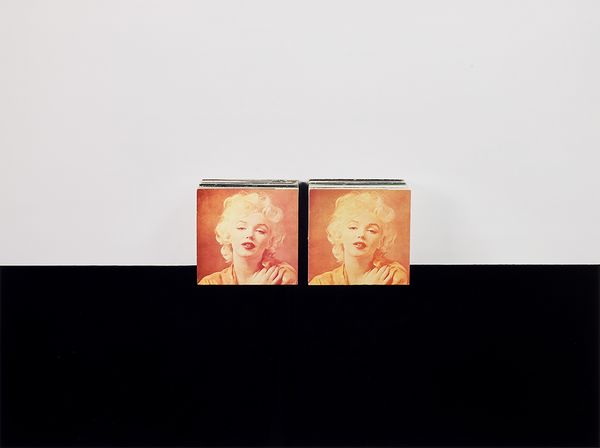
Anne Collier, Double Marilyn, 2007. Photographs New York.
Rachel Peart, Head of Department, Photographs, London
I have always been drawn to Collier’s work in recontextualizing objects. In Double Marilyn, she features an icon and challenges us to rethink its meaning. I love that Collier gives us enough visual context to show these are faded objects, yet in our collective memory, Marilyn’s image remains vibrant, creating something deeper in her clever arrangement. The neutral background and doubling technique highlight each object’s uniqueness, revealing how wear changes their impact. This straightforward style creates an interesting tension, allowing us to engage with the work without the usual emotional weight.
Helen Levitt
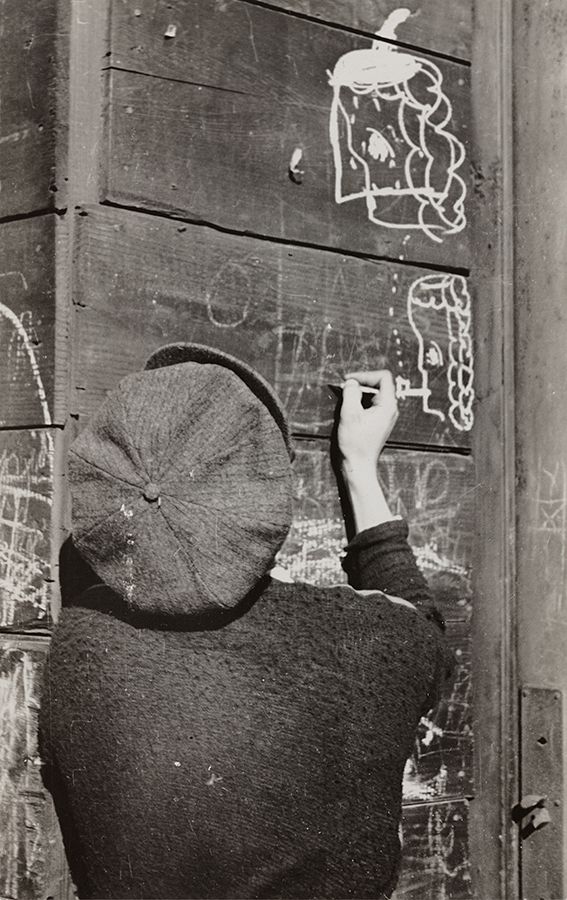
Helen Levitt, Untitled (boy drawing), 1936–1945. Photographs from the Martin Z. Margulies Foundation Part II.
Vanessa Hallett, Deputy Chairwoman, Americas, and Worldwide Head of Photographs
Having grown up in New York City surrounded by the street drawings of Keith Haring and other talented graffiti artists, I’ve always felt that Helen Levitt's photographs from the 1930s show an early, seminal version of this art form. Levitt’s street scenes have always stayed with me as the equivalent of comfort food in the photographic medium. Her photographs capture a social history of working-class neighborhoods enlivened by the spirit of children playing games, passing time on the often gritty streets, and sharing their fanciful and exuberant chalk drawings. I love seeing these old New York City neighborhoods, the activity of the children, and their often fun(ny) drawings demonstrating that as much as the world changes, many things stay the same. I love New York City and Levitt’s photographs seem to share that sentiment.
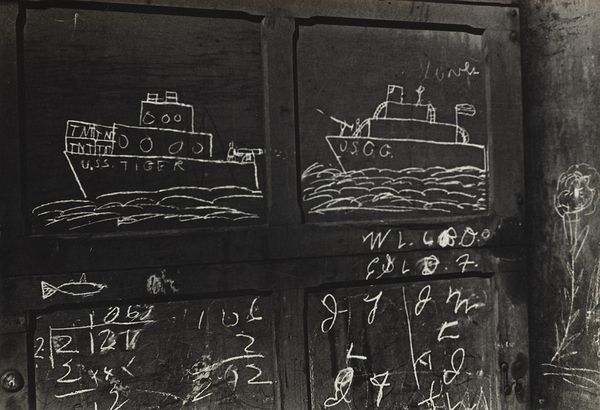
Helen Levitt, Untitled (graffiti battleships), 1936–1945. Photographs from the Martin Z. Margulies Foundation Part II.
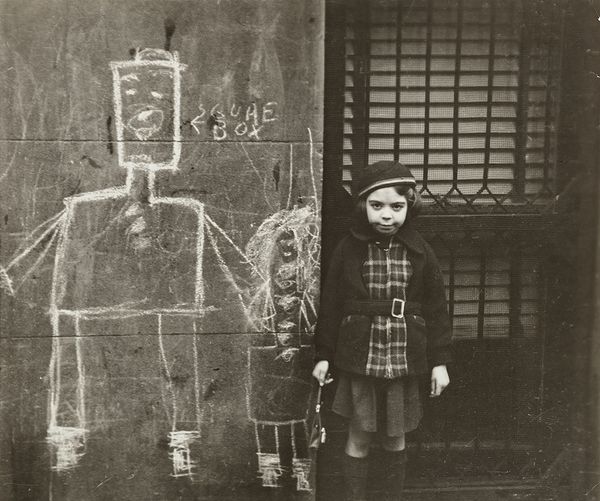
Helen Levitt, Untitled (girl with graffiti), 1936–1945. Photographs from the Martin Z. Margulies Foundation Part II.
Alfred Stieglitz

Alfred Stieglitz, From the Back Window--291--Snow Covered Tree, Back-Yard, 1915. Photographs New York.
Chris Mahoney, Senior International Specialist, Photographs
There’s something about a snowy evening in the city that completely transforms the urban environment. Edges are softened, noises are muffled, and a sense of calm settles upon the city, if only briefly. This evanescent state is what Alfred Stieglitz captures so masterfully in From the Back Window--291--Snow Covered Tree, Back-Yard. Rendered here as a platinum print, this photograph is a bravura performance in both aesthetic and technical terms. Stieglitz exploits the platinum process’s ability to depict tonal nuance, and its subtle shifts in gray define the detail of the twilight scene and convey its atmospheric qualities. Looking at this photograph is like listening to a Bach partita in which every element is perfectly annunciated and works harmoniously within the whole perfection of the composition.
Peter Hujar
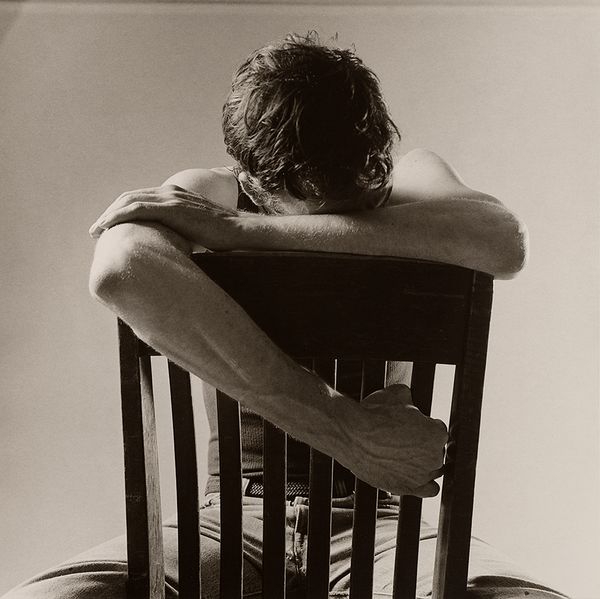
Peter Hujar, David Wojnarowicz (Village Voice "Heartsick: Fear and Loving in the Gay Community"), 1983. Photographs New York.
Sarah Krueger, Head of Department, Photographs, New York
If I were to assemble a thematic collection, it would be singularly focused on the human embrace. I would surround myself with photographs that convey love, tension, and compassion in moments of stillness.
In Peter Hujar’s David Wojnarowicz, the backdrop is downtown New York in the early 1980s, when the uncertainty of the fast-emerging AIDS epidemic led to a craving for, yet fear of, physical connection. With Wojnarowicz poignantly wrapping his arms around the chair as one would a companion, the image becomes a visual metaphor for the love, loss, and isolation within the gay community.
The image itself is even more tender when you reflect upon the lives of Hujar and Wojnarowicz and so many others who were lost to AIDS-related illnesses within the decade. It took another 6 years and another embrace, this time by Princess Diana hugging a child with AIDS in 1989, to disarm the stigma of touch for those afflicted.
The image speaks so clearly of a certain time and place. Each time I look at the print I see something new.
Discover More from Photographs >
Recommended Reading:
